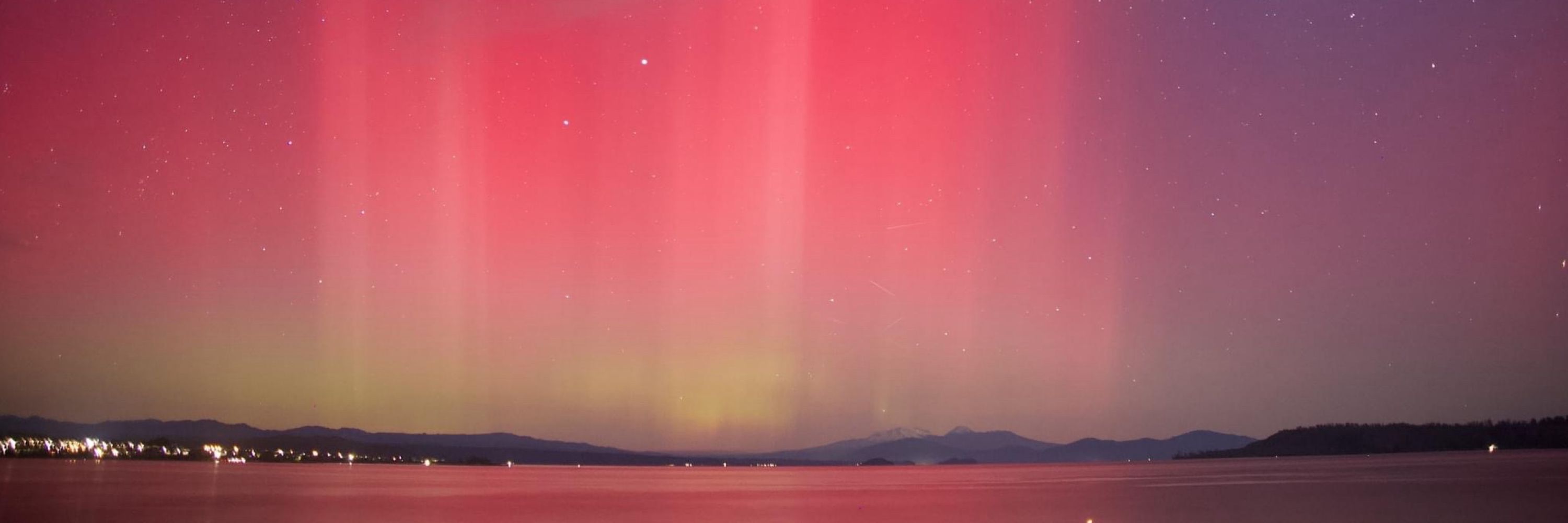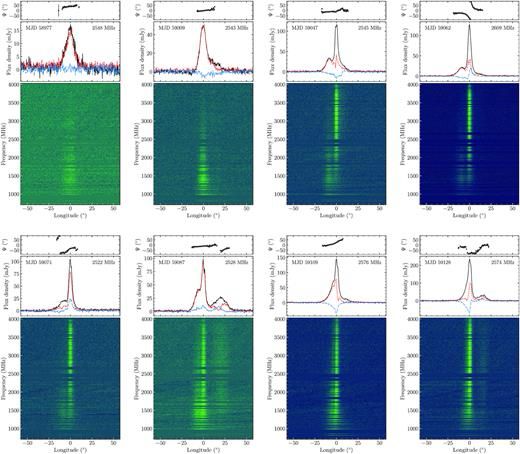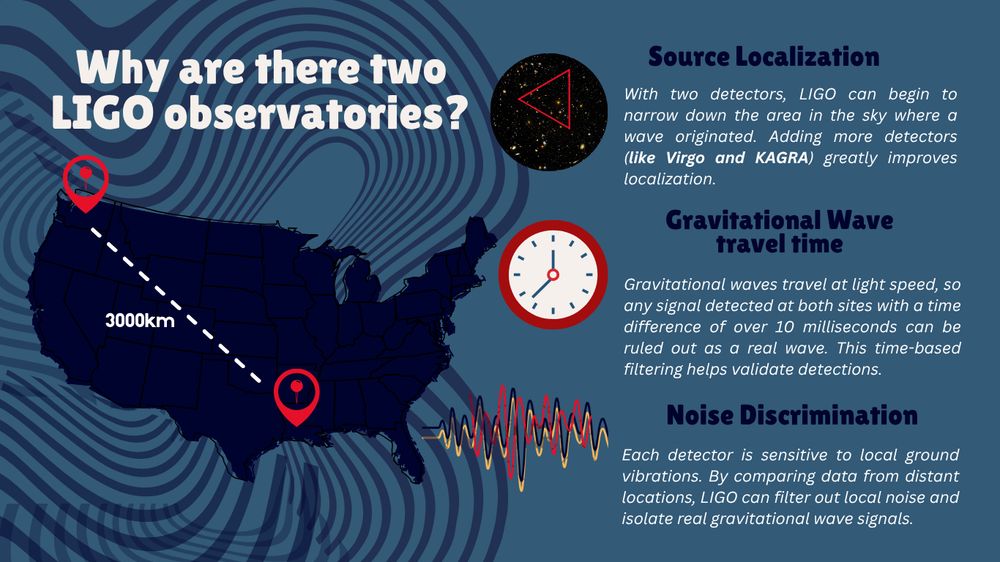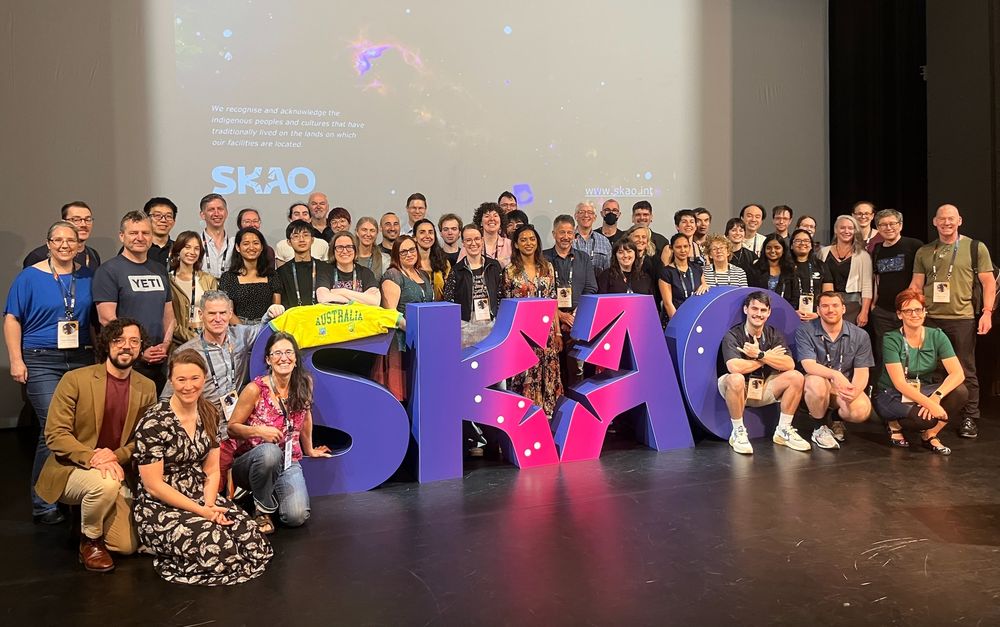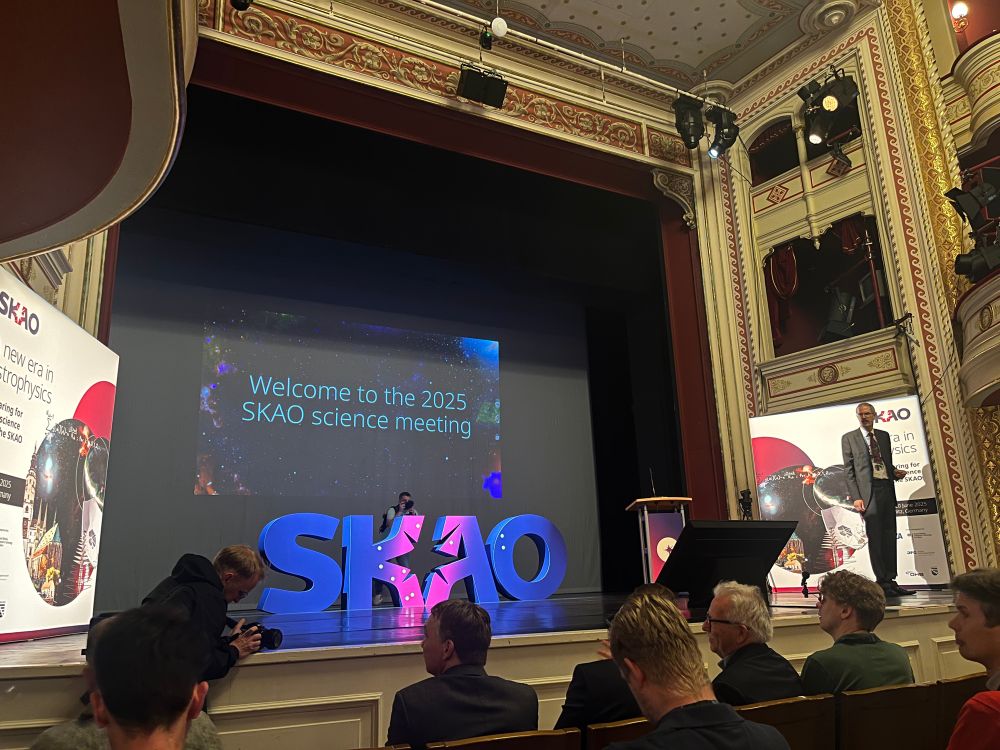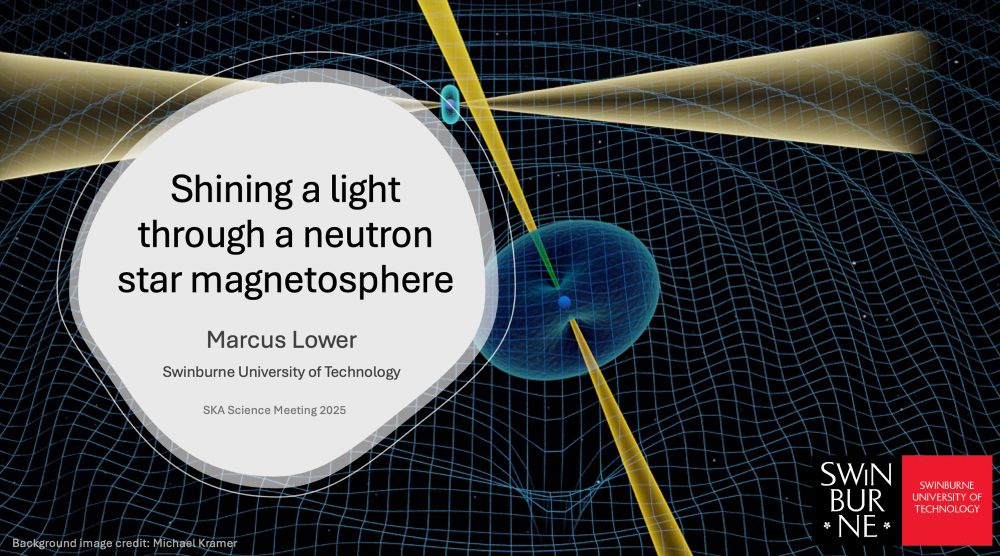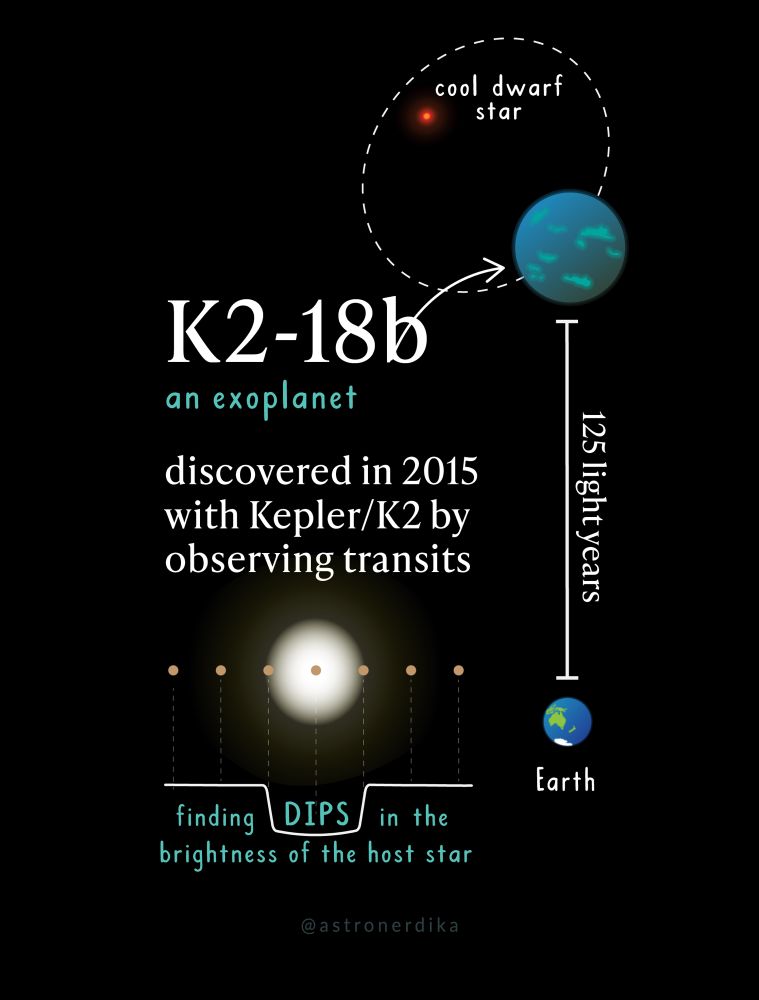Marcus Lower
@astromelow.bsky.social
720 followers
63 following
120 posts
Astrophysicist | ARC DECRA Fellow at Swinburne | Timing pulsars & magnetars | Coffee enthusiast
Website: https://mlower.github.io
Posts
Media
Videos
Starter Packs
Marcus Lower
@astromelow.bsky.social
· Sep 3
Marcus Lower
@astromelow.bsky.social
· Sep 3
Marcus Lower
@astromelow.bsky.social
· Sep 3
Marcus Lower
@astromelow.bsky.social
· Sep 1
Marcus Lower
@astromelow.bsky.social
· Sep 1
Marcus Lower
@astromelow.bsky.social
· Aug 27
Marcus Lower
@astromelow.bsky.social
· Aug 19
Reposted by Marcus Lower
Reposted by Marcus Lower
Marcus Lower
@astromelow.bsky.social
· Jun 3
Marcus Lower
@astromelow.bsky.social
· May 22
Marcus Lower
@astromelow.bsky.social
· May 18
Reposted by Marcus Lower
